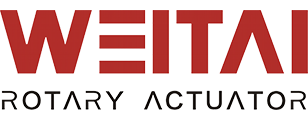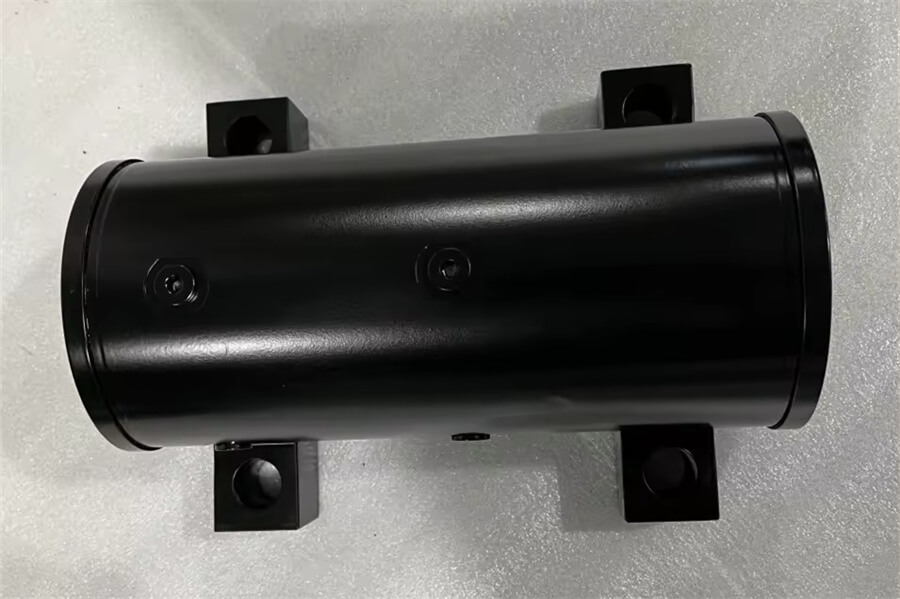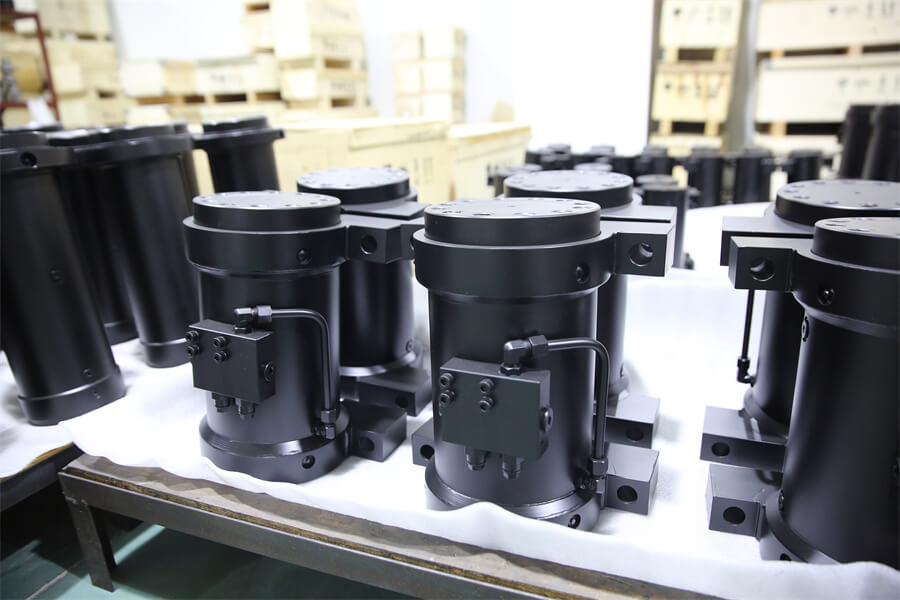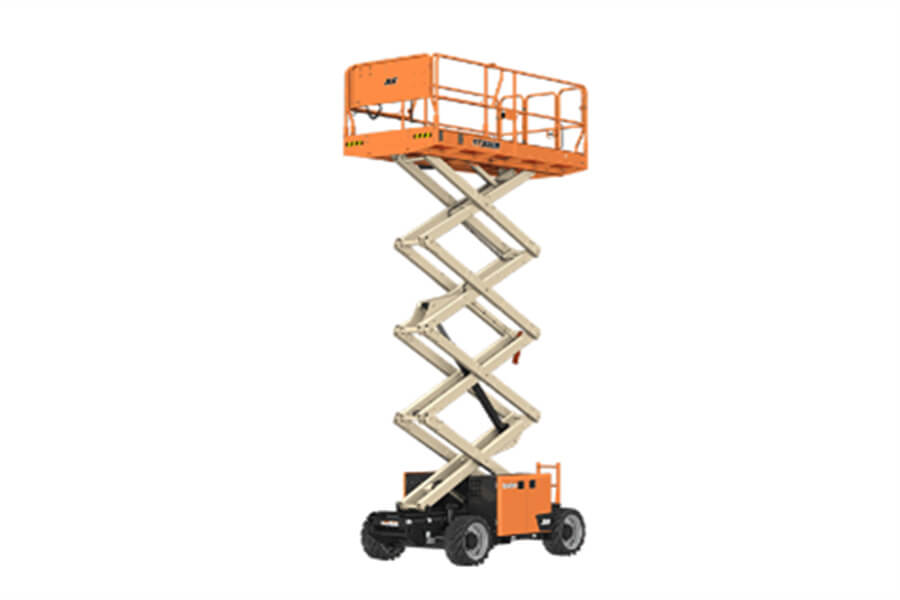Scissor lifts are a staple in various industries, providing a safe and efficient means to elevate workers and materials to desired heights. At the heart of their functionality lies the hydraulic rotary actuator, a crucial component that ensures smooth and controlled movement. In this blog post, we will delve into the mechanics of hydraulic rotary actuators in scissor lifts, exploring their key components, functions, and maintenance tips.
What is a Hydraulic Rotary Actuator?
A hydraulic rotary actuator is a device that converts hydraulic energy into rotational motion. In the context of scissor lifts, these actuators play a pivotal role in controlling the lifting and lowering actions. They provide the necessary torque and rotational force required to extend and retract the scissor mechanism, enabling the platform to rise and descend safely.
Key Components of Hydraulic Rotary Actuators
1.Hydraulic Cylinder: The hydraulic cylinder is a fundamental part of the rotary actuator. It contains a piston that moves in response to hydraulic fluid pressure, generating linear motion. This linear motion is then converted into rotational motion by the actuator.
2.Rotary Vane or Gear Mechanism: Depending on the design, the actuator may use a rotary vane or gear mechanism to achieve rotational motion. The rotary vane design involves a cylindrical chamber with vanes that rotate within it, while the gear mechanism uses gears to convert linear motion into rotation.
3.Hydraulic Fluid: Hydraulic fluid is the medium that transmits power within the system. It is pressurized by a hydraulic pump and directed to the actuator, where it creates the necessary force to move the piston and generate rotation.
4.Housing and Seals: The housing encases the internal components, protecting them from external contaminants. Seals are crucial for preventing hydraulic fluid leaks and maintaining pressure within the system, ensuring efficient operation.
Functions of Hydraulic Rotary Actuators in Scissor Lifts
1.Lifting and Lowering: The primary function of the hydraulic rotary actuator in a scissor lift is to control the lifting and lowering of the platform. By converting hydraulic energy into rotational motion, the actuator extends or retracts the scissor arms, allowing the platform to rise or descend smoothly.
2.Positioning: Hydraulic rotary actuators provide precise control over the positioning of the scissor lift platform. Operators can fine-tune the height of the platform with accuracy, making it easier to reach specific elevations and perform tasks efficiently.
3.Load Handling: The actuator generates the necessary torque to handle varying loads. Whether lifting heavy materials or personnel, the hydraulic rotary actuator ensures that the scissor lift can perform its tasks without compromising stability or safety.
4.Safety Mechanisms: Many hydraulic rotary actuators in scissor lifts are equipped with safety features such as overload protection and emergency lowering systems. These mechanisms prevent accidents and ensure the safety of operators and workers.
Maintenance Tips for Hydraulic Rotary Actuators
Proper maintenance of hydraulic rotary actuators is essential to ensure the longevity and reliability of scissor lifts. Here are some key maintenance tips:
1.Regular Inspections: Conduct routine inspections to check for signs of wear, leaks, or damage. Pay close attention to the seals, hydraulic lines, and connections.
2.Fluid Checks: Regularly check the hydraulic fluid levels and quality. Replace or top up the fluid as needed, and ensure it is free from contaminants.
3.Lubrication: Ensure that the rotary vane or gear mechanism is adequately lubricated to reduce friction and wear.
4.Seal Replacement: Replace worn-out seals promptly to prevent hydraulic fluid leaks and maintain system pressure.
5.Professional Servicing: Schedule regular servicing by a qualified technician to perform thorough checks and maintenance tasks that may be beyond routine inspections.
Conclusion
Hydraulic rotary actuators are integral to the operation of scissor lifts, providing the necessary motion and control for lifting, lowering, and positioning. Understanding their mechanics and components can help operators and maintenance personnel ensure the efficient and safe operation of these essential machines. Regular maintenance and timely troubleshooting are key to maximizing the lifespan and performance of hydraulic rotary actuators, ultimately contributing to the overall productivity and safety of scissor lifts.



